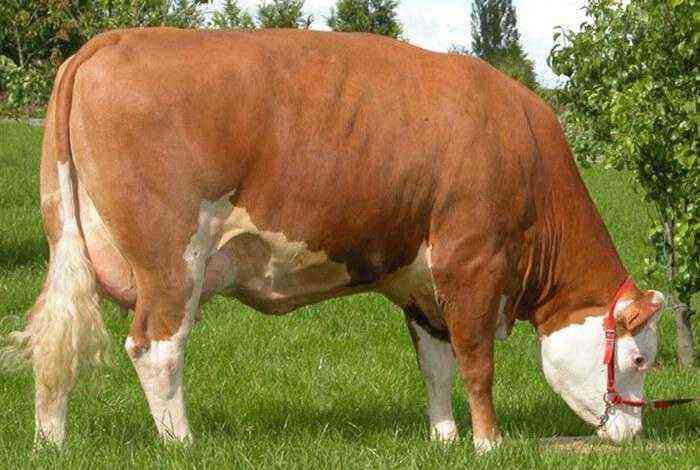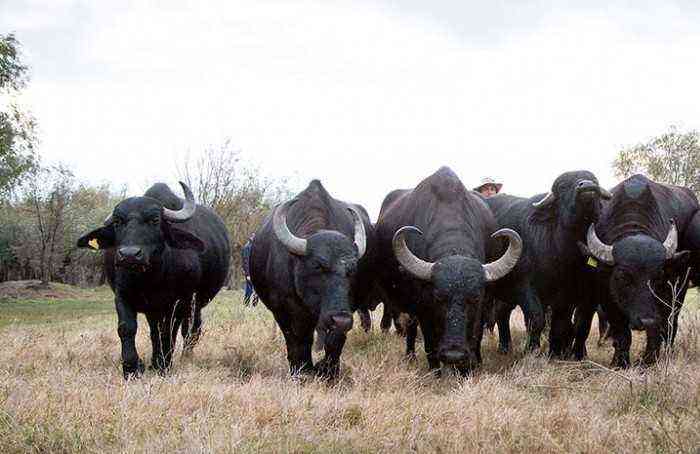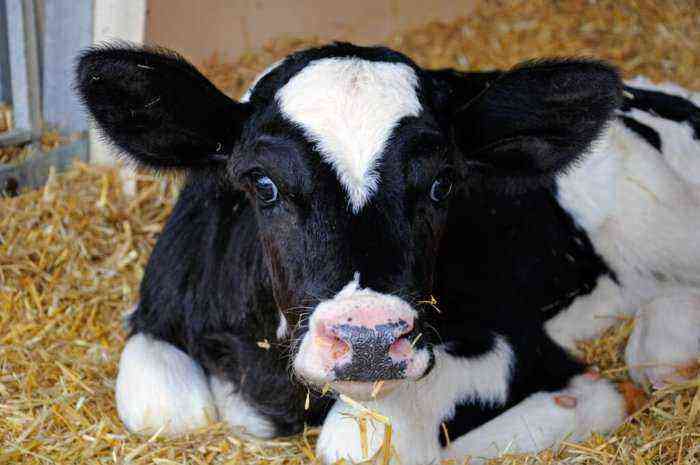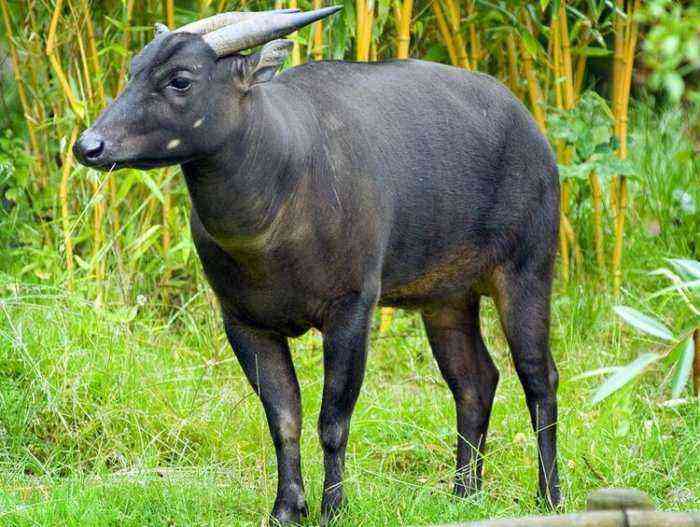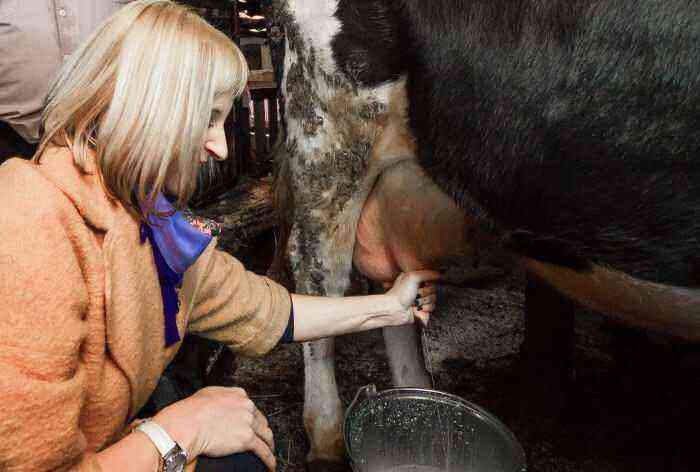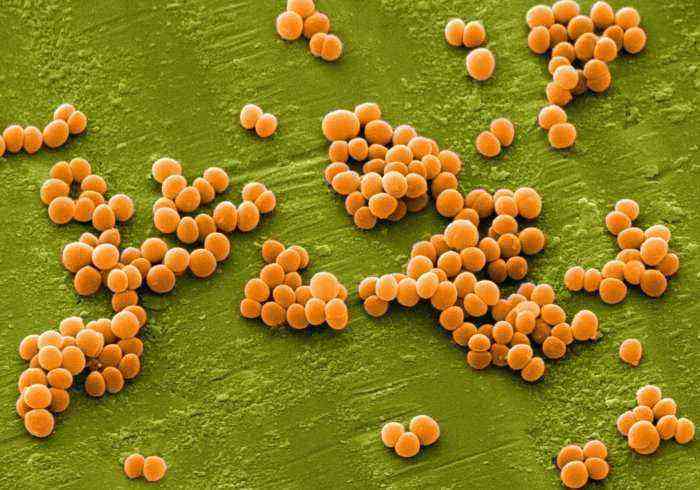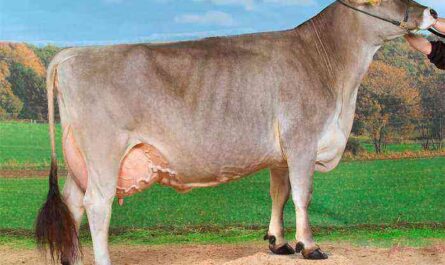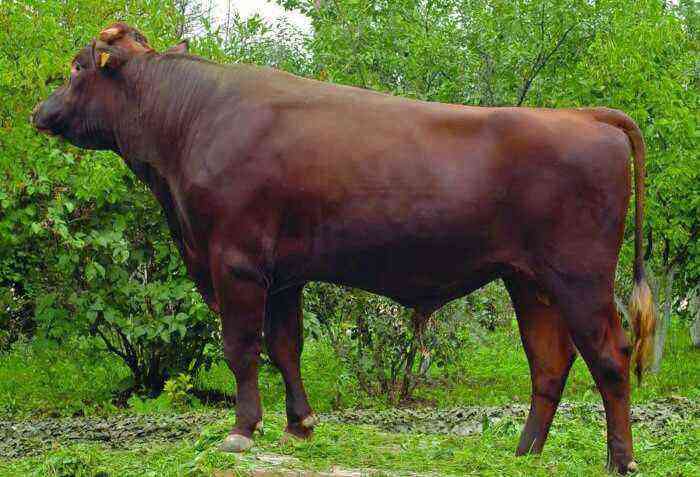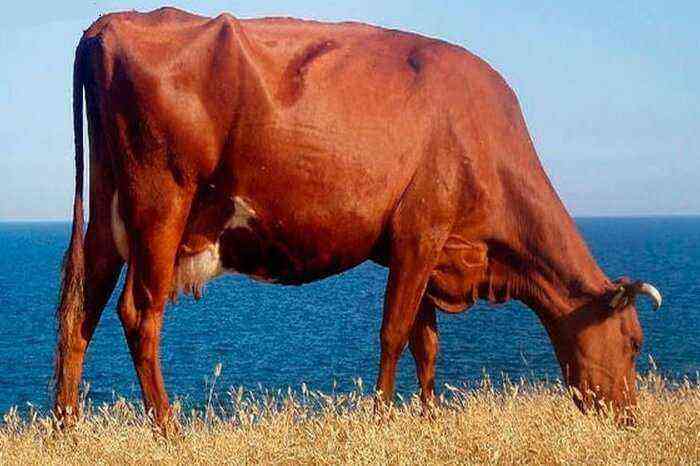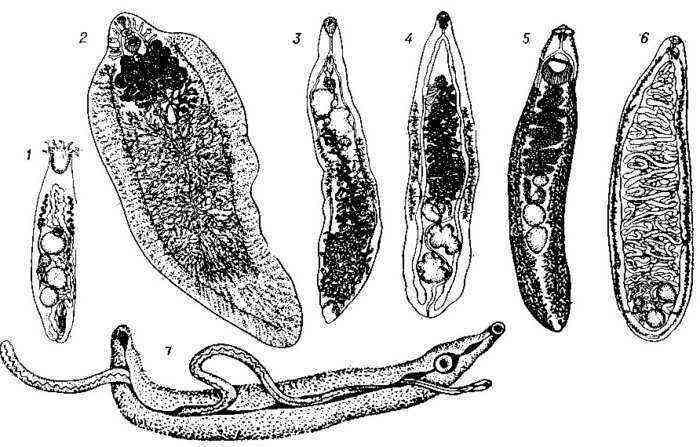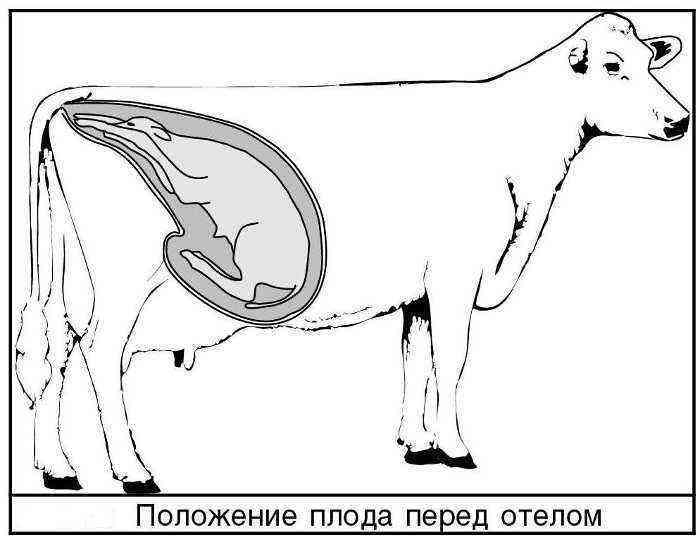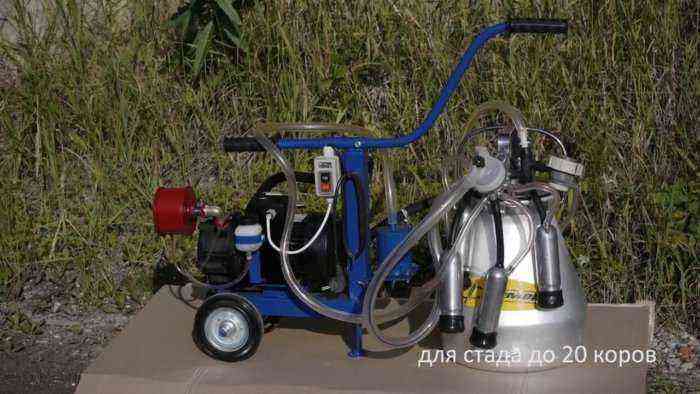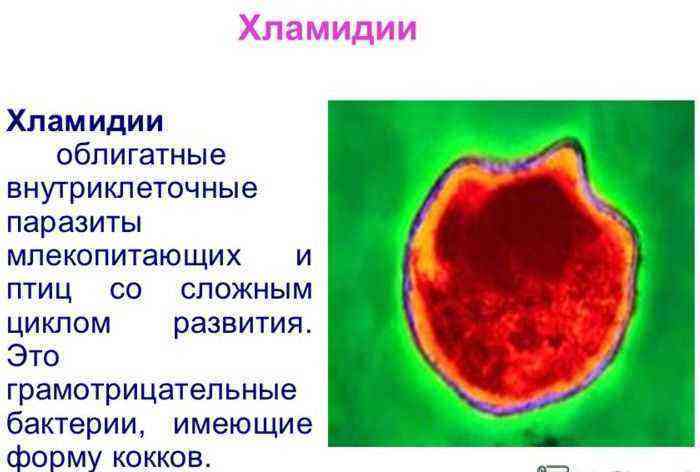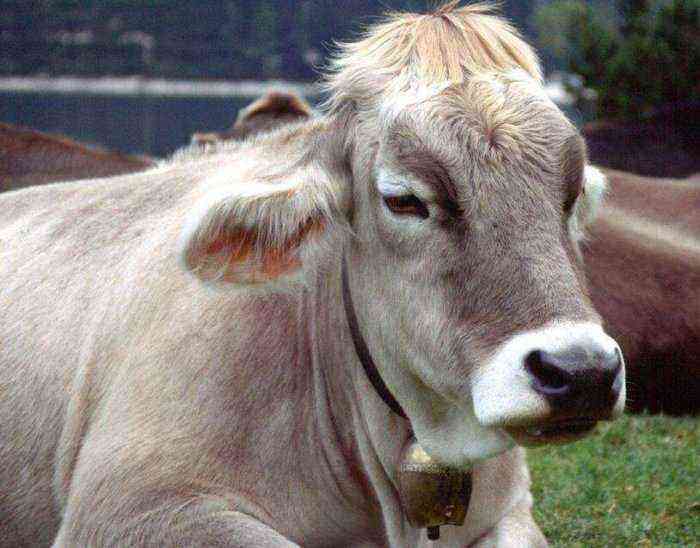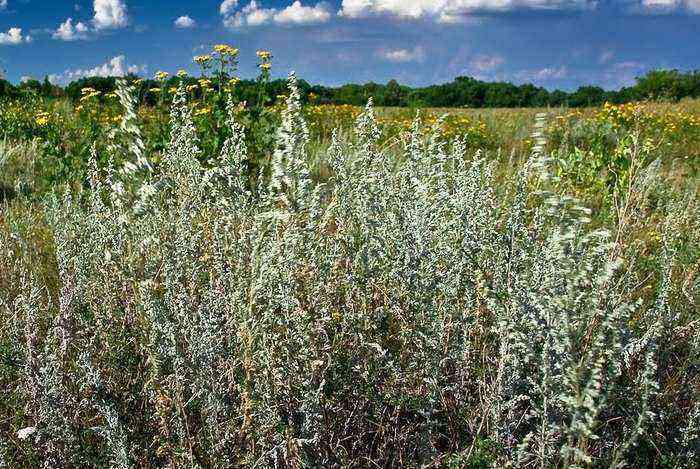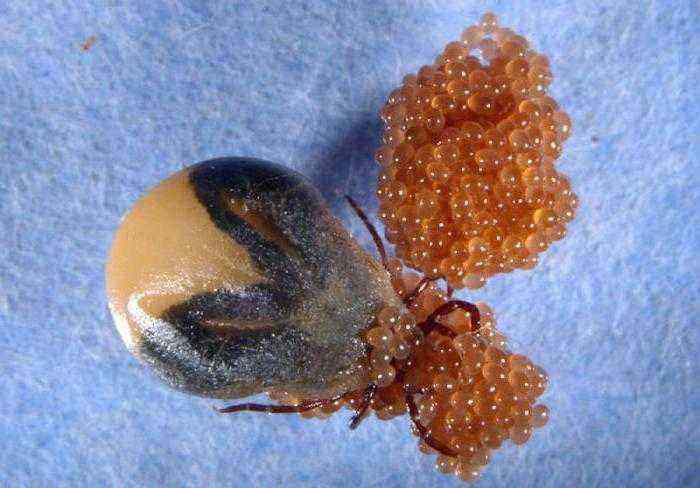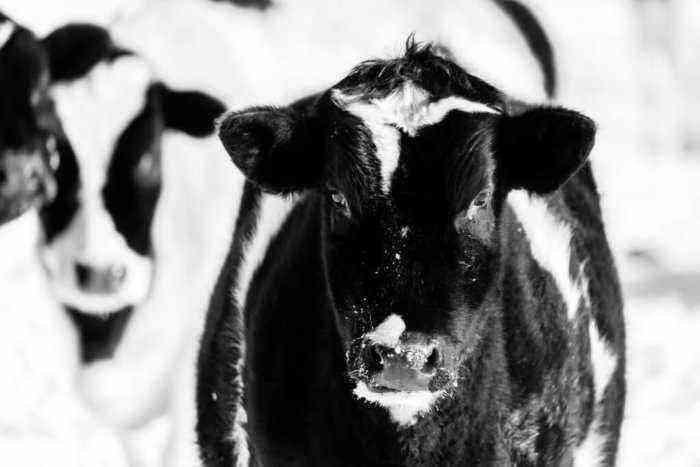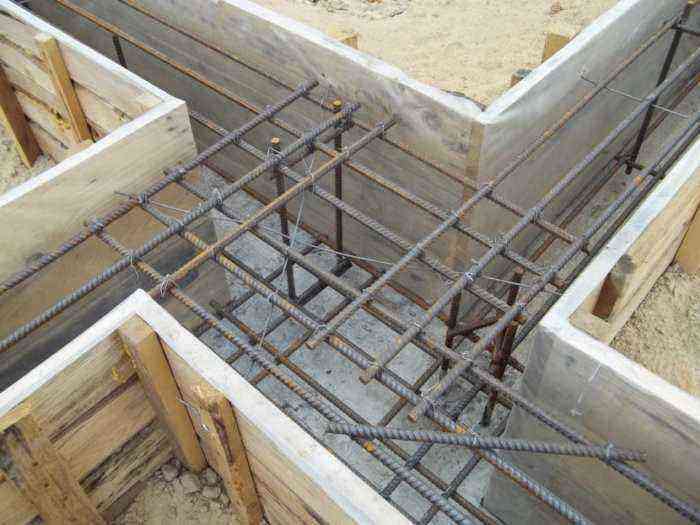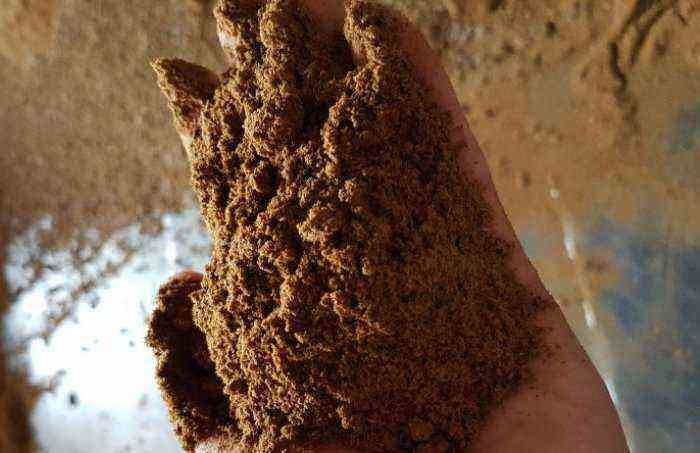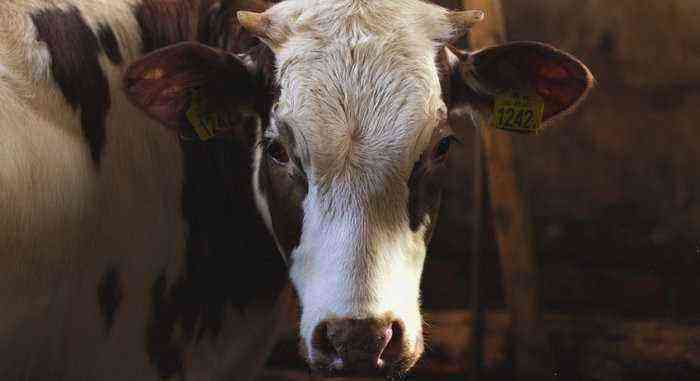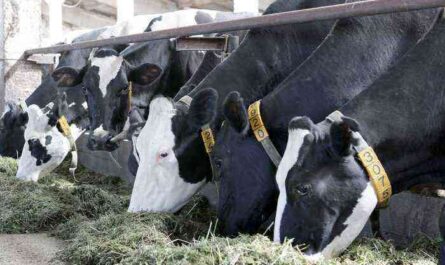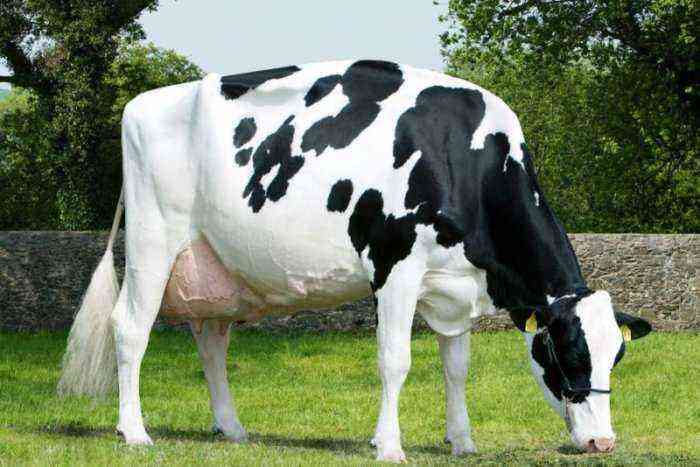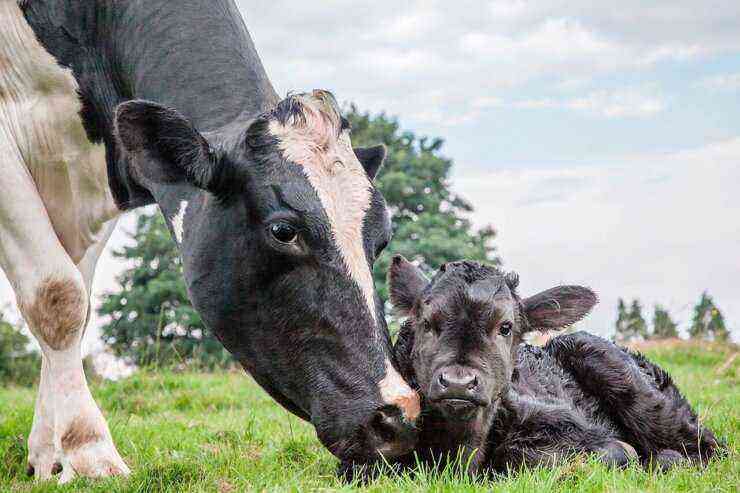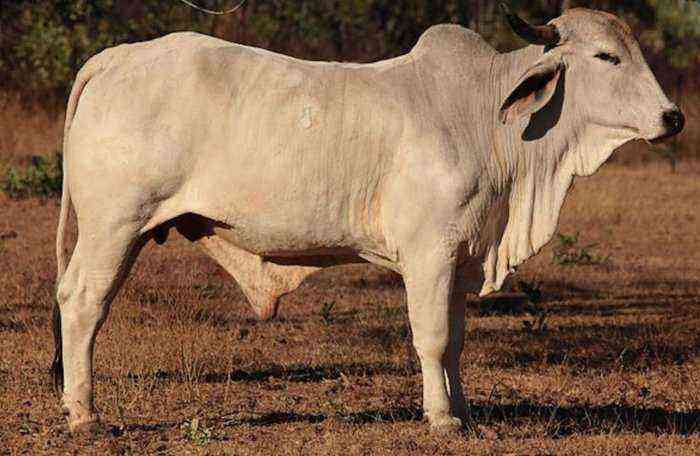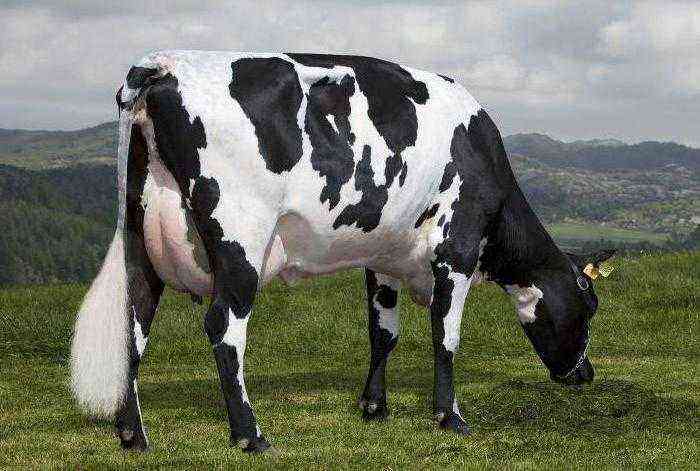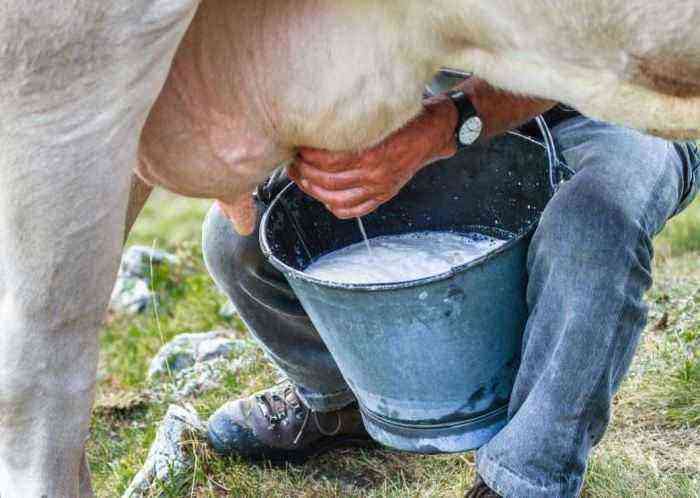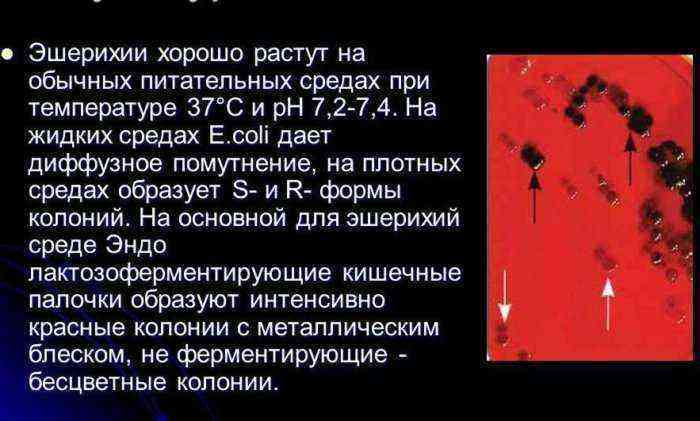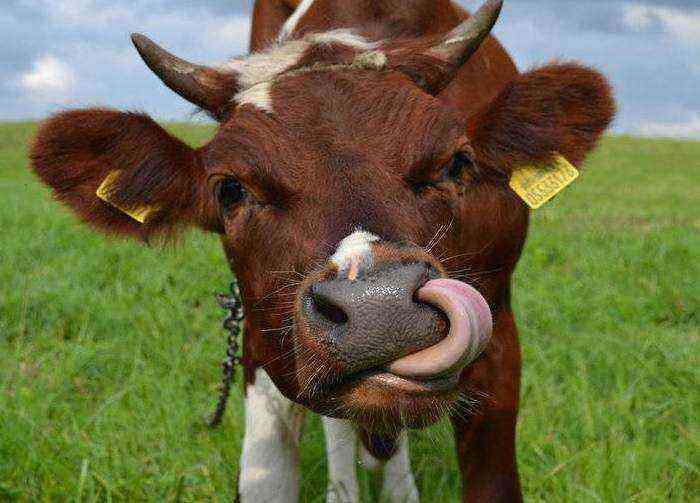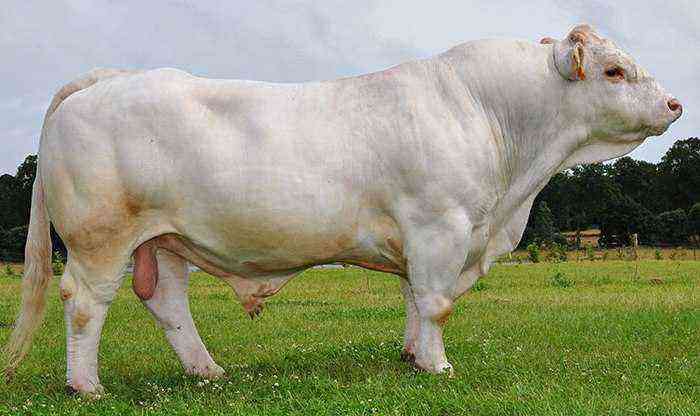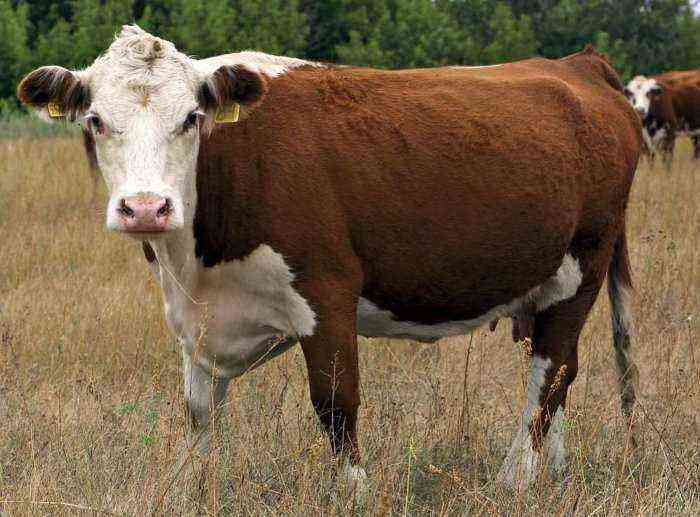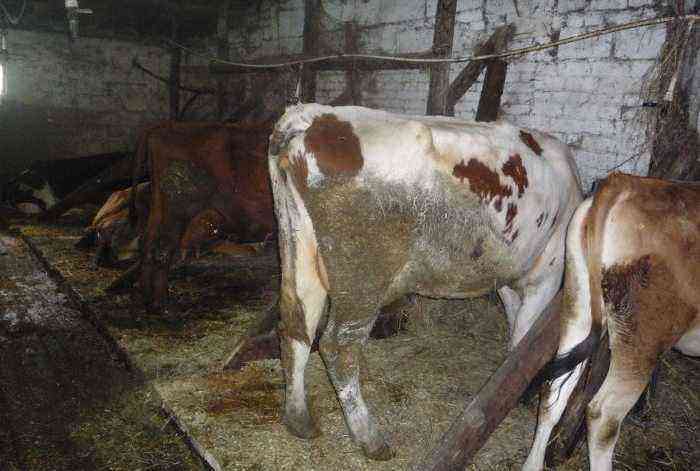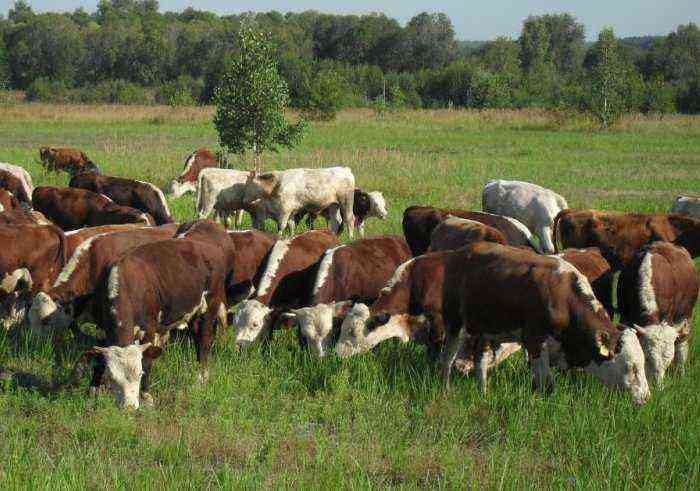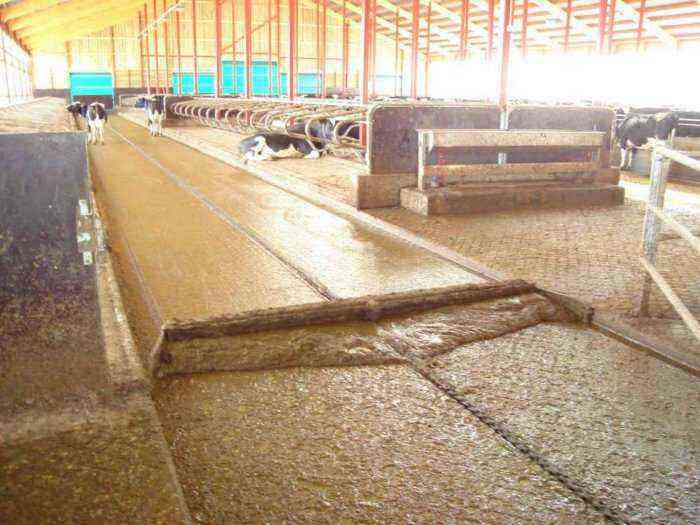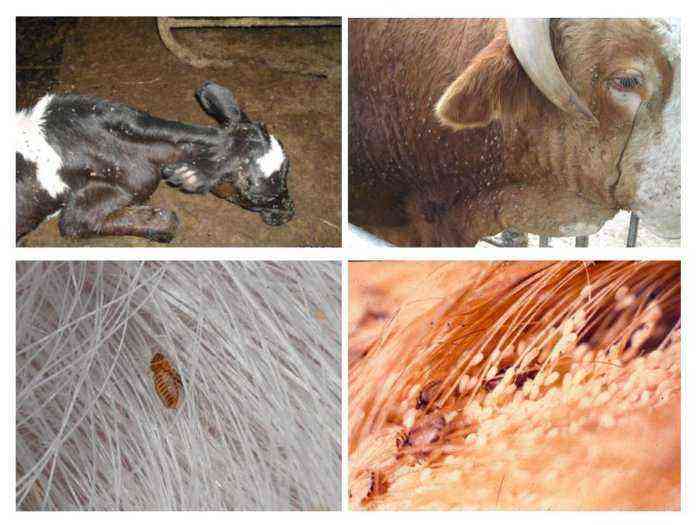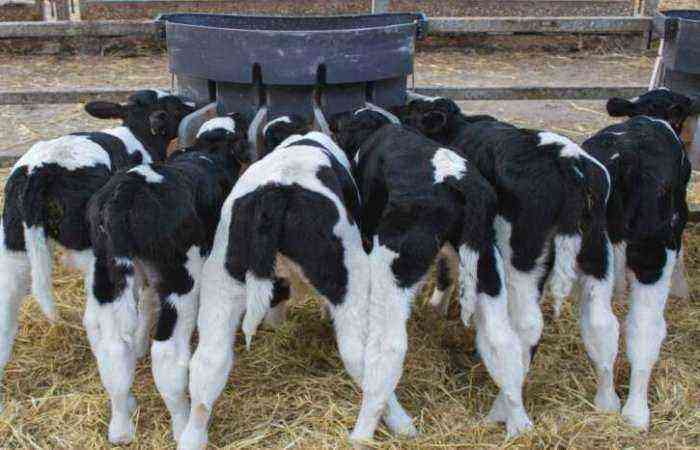If you decide to start raising cattle, you will certainly need a place to keep animals. The livestock should regularly give offspring and have high productivity rates. Therefore, it is necessary to think over everything: from the size of the stall for the cow, to the choice of ventilation system. To make cow breeding economically profitable, you will have to work hard first.
Shed for domestic cattle
Basic requirements
Consideration should be given to the choice of housing for cattle. If you decide to build it yourself, be sure to pay attention to a number of the following points:
- The barn should be located taking into account the prevailing wind direction and water flow in the spring.
- The building should be located away from residential premises, as well as wells, wells and other sources of drinking water.
- Choose only environmentally friendly building materials. They must be distinguished by durability, strength, a high level of thermal insulation and meet all necessary quality standards.
- Stalls for cows should be of sufficient size so that the animal can easily get to food, turn around and generally feel as comfortable as possible.
- When planning, keep in mind lighting, ventilation, and increased heating for areas with particularly severe winters.
Size
A barn for a cow must have an area of at least 6 square meters. m. If the animal is kept together with the calf, then an additional 4 square meters will be required. m. The area of the entire barn is calculated depending on the current or planned livestock.
The dimensions of a single stall will be 260 cm long and 125 cm wide. The height of the ceilings must not be less than 2,5 m. With a two-sided arrangement, the passage between the stalls must be at least 1,5 m wide.
Foundation
The choice of this element of construction should be approached with all responsibility. The strength of the barn and the period of its operation will depend on the reliability of the foundation and the quality of its execution.
Depending on the characteristics of the soil, the area of uXNUMXbuXNUMXbthe building and the materials chosen for its construction, one of three types of foundation is possible:
- monolithic;
- tape
- columnar.
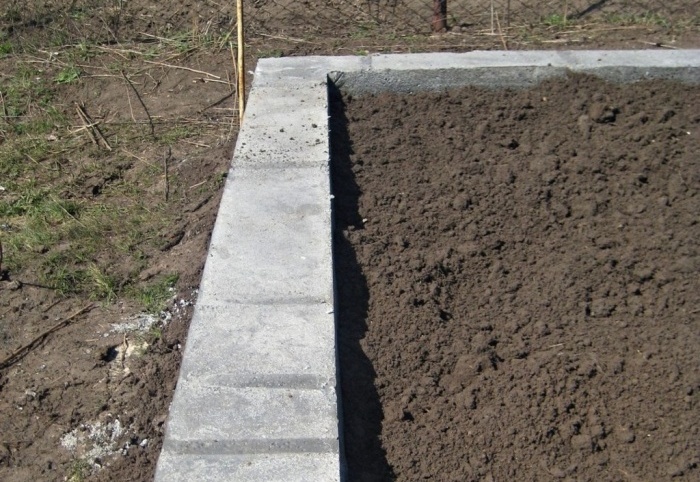
Building the foundation
If you want to ensure minimal heat leakage and choose brick walls, then the total weight of the barn will increase significantly. In this case, the monolithic type foundation will be the best choice.
If the main material used in construction is wood, you can opt for a columnar version. Such a foundation is easier to install and more affordable.
It is also important to equip a waterproofing slope that provides a water slope. To do this, crushed stone and sand are laid in a thick layer along the outer edge.
Gender
Among the recommended materials for laying the floor, concrete can often be found due to its wear resistance. A bull stall is a place where the use of such a floor is obvious, since the concrete is able to withstand an impressive weight.
Other benefits of this coverage include:
- concrete does not absorb moisture and odors;
- protects the barn from penetration of rodents;
- it is easy to clean from debris and manure;
- the floor will not require replacement for several years.
However, it should be remembered that concrete has a low thermal conductivity, it always remains cold. In order to insulate and reduce the risk of colds in animals, the floor should be covered:
- thick straw bedding;
- tightly knocked down boards made of wood (this is a more reliable option, besides, wooden boards are easier to clean and wash).
The floor should have a slight slope (maximum 2-3 degrees) towards the sump. This will ensure proper drainage of urine and residual water. At the same time, this angle of inclination is optimal for animals. A higher degree can cause the development of diseases of the joints of the legs or even miscarriages in cows.
In the back of each of the compartments with stalls, a chute should be equipped to drain manure and other waste products. Its sufficient width and depth should be 20 and 10 cm, respectively. m. This container must be cleaned daily.
Walls
For the construction of walls, only proven, high-quality material should be used. Usually, in the construction of large barns, foam blocks or bricks are used. Wood will only be a good solution for small sheds due to its high cost and increased wear rate.
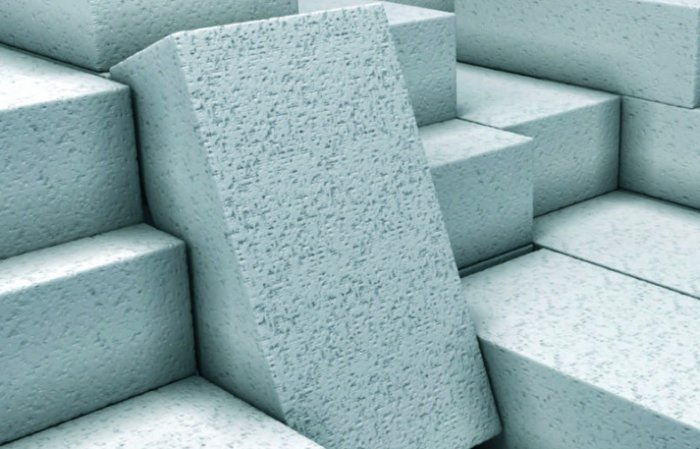
Foam block
For a small household, the advantages of wooden walls are obvious:
- high level of thermal insulation;
- the most environmentally friendly material;
- quick and easy installation;
- the possibility of prompt, inexpensive repairs.
A mandatory requirement for any barn (brick, wooden, made of foam block) is fresh air with low levels of humidity. In the summer, it is necessary to maintain no more than 20 degrees in the stalls. The only way to reach this mark is effective ventilation.
Ventilation holes should be equipped in the walls at a height of at least 2,5 m. Their number will depend on the size of the barn. If the room is small enough, you can simply install a special ventilation pipe.
Important! Windows provide additional ventilation and natural light. They should be placed at a height of 1,2 m from the floor. The parameters of the openings will depend on the size of the barn. Usually a ratio of 1 to 10 is chosen.
Roof
Slate sheets are usually chosen as the material for the roof because of their cheapness. Less common is a polycarbonate coating. This solution provides additional lighting and is typical mainly for the southern regions.
For a number of reasons, the arrangement of the attic is also useful:
- in winter, heat loss will decrease significantly;
- extra space for storing feed and hay;
- without an attic, additional roof insulation will be required.
It is better to choose a shed version of the roof. Otherwise, roofing work will not only be more laborious, but will also require more funds. The reason will be the need to install additional structural elements.
Drinkers and feeders
Animals should always have free access to food and water, so feeders and drinkers should be properly equipped. In large farm barns, stalls are usually arranged in 2 rows. Therefore, the feed containers are installed outside and are designed for the entire width of the stall. Their installation near the wall is contraindicated, since such a solution will lead to the deposition of moisture released by cows during respiration on the feed.

Drinkers for cattle
An inverted trapezoid will be the optimal shape for the feeder. This ensures both ease of cleaning for the owner and maximum availability of feed for the animal. A standard feeder should have the following parameters:
- height of the rear side (located closer to the aisle) – 75 cm;
- the height of the front side (located closer to the cow) – 30 cm;
- width at the bottom – 40 cm;
- width at the top – 60 cm.
The feeder will be much easier to clean if you drill a few small holes in its bottom. The bottom should be at least 7 cm above the floor. The walls must be perfectly smooth. This will prevent pets from getting minor injuries.
The feed box can be made on your own or you can choose to purchase one of the many options made from artificial materials. Such ready-made feeders have a number of obvious advantages:
- increased strength;
- environmental Safety;
- ease of cleaning and processing;
- ease of disinfection.
It is better to choose an automatic drinker. It is installed slightly above the feeder, in the far corner. This provides the cow with constant access to water.
paddock for walking
Breeding cows will require animal paddock equipment. Usually it is located in the immediate vicinity of the bloodline, along a long wall. One walking path must be at least 500 m in length. Based on this indicator and the number of animals in the herd, the approximate area of uXNUMXbuXNUMXbthe corral is calculated.
Attention! Be sure to equip a canopy that will allow cows to hide in the shade in hot weather or become shelter for them in case of rain.
As a fence, you should choose a strong, reliable fence with a gate. This will eliminate the possibility that the herd will disperse.

Animal paddock
Conclusion
The barn should have enough heat, light, fresh air, and most importantly, space for animals. Cows should be well fed, drink plenty of water, have their own place to rest, and walk regularly. Having provided all this, a zealous owner can count on a healthy, constantly growing herd. In breeding cows, like any other domestic animals, building grandiose plans, the main thing is not to forget about the little things.
